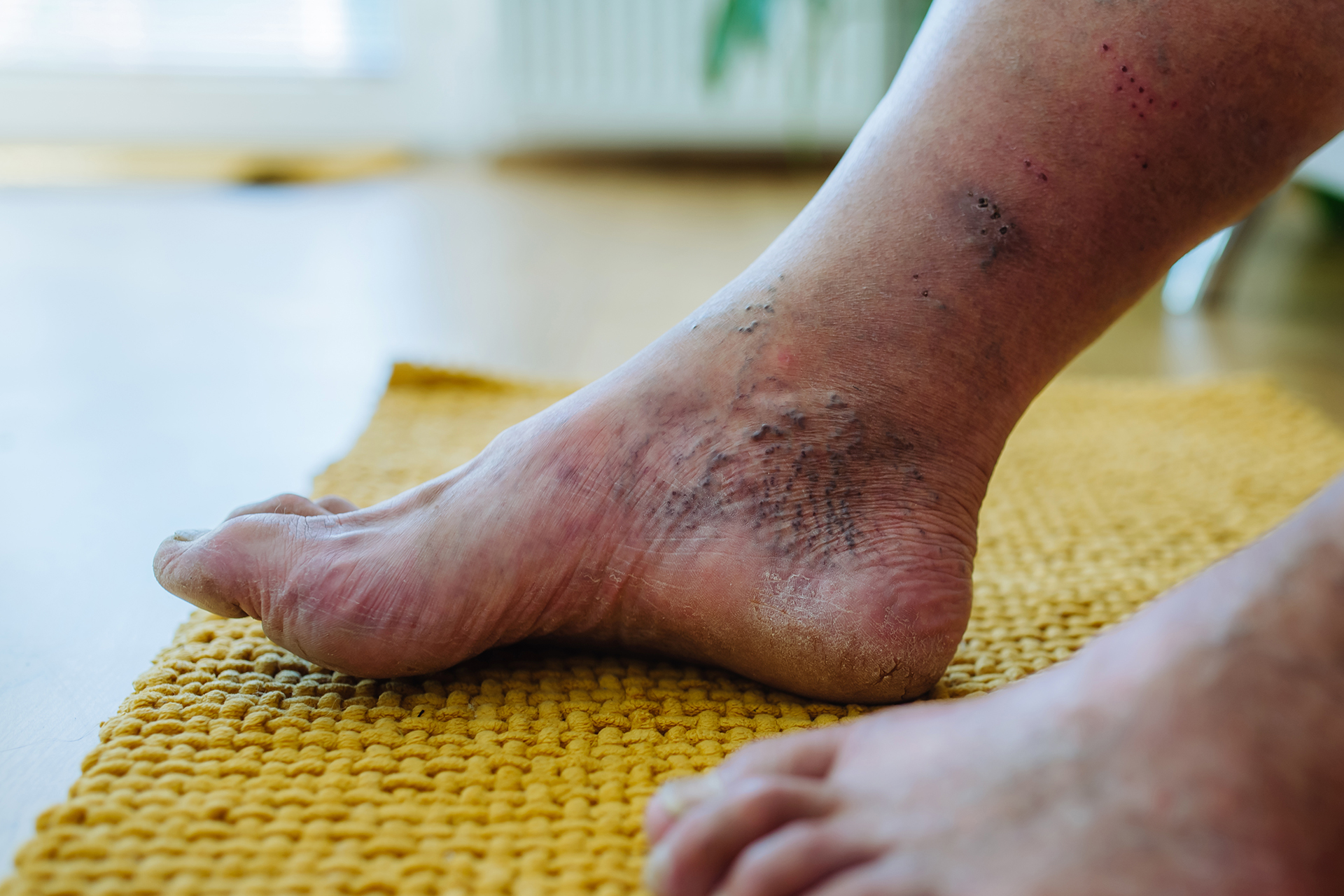Pregnancy is a beautiful journey, but it also brings about significant changes and challenges to a woman’s body. Prenatal Pilates offers a safe and effective way to stay fit, prepare for childbirth, and support postpartum recovery. In this comprehensive guide, we’ll delve into everything you need to know about prenatal Pilates and how it can benefit you during and after pregnancy.
Understanding Prenatal Pilates:
Prenatal Pilates is a specialized form of exercise tailored to the needs of pregnant women. Unlike traditional Pilates, prenatal Pilates focuses on gentle movements and modifications to accommodate the changing body of expectant mothers. It emphasizes strengthening the core, improving posture, and enhancing flexibility in preparation for childbirth and beyond.
Safety Precautions and Considerations:
Before starting any exercise program during pregnancy, it’s essential to consult with your healthcare provider. They can provide personalized guidance based on your medical history and current health status. Generally, prenatal Pilates is safe for most pregnant women, but certain precautions may apply, especially for those with high-risk pregnancies or specific medical conditions.
The Science Behind Prenatal Pilates:
Numerous studies have highlighted the benefits of prenatal Pilates for maternal health. By focusing on core strength and pelvic floor muscles, prenatal Pilates can help alleviate common discomforts such as back pain and pelvic instability. Additionally, it may improve maternal fitness, reduce the risk of certain pregnancy-related complications, and aid in postpartum recovery.
What to Expect in a Prenatal Pilates Class:
A typical prenatal Pilates session incorporates a combination of gentle exercises, stretches, and breathing techniques. These movements are specifically designed to strengthen the muscles needed for childbirth while promoting relaxation and body awareness. Prenatal Pilates classes often use props such as stability balls, resistance bands, and Pilates machines to enhance the workout experience.
Benefits of Prenatal Pilates:
The benefits of prenatal Pilates are manifold. By strengthening the pelvic floor and core muscles, it can help prevent or reduce urinary incontinence and pelvic pain during pregnancy. Prenatal Pilates also promotes better posture, improved circulation, and increased energy levels, which are essential for coping with the physical demands of pregnancy and preparing for labor and delivery.
Tips for Starting Prenatal Pilates:
When embarking on a prenatal Pilates journey, it’s crucial to find a qualified instructor who has experience working with pregnant women. Be sure to communicate openly with your instructor about your pregnancy and any specific concerns or limitations you may have. Listen to your body and modify exercises as needed to ensure a safe and comfortable workout experience.
Takeaway
Prenatal Pilates offers a holistic approach to fitness and wellness during pregnancy and beyond. By incorporating gentle movements, mindful breathing, and body awareness, it can help expectant mothers stay healthy, strong, and confident throughout their pregnancy journey. Whether you’re a seasoned Pilates enthusiast or new to the practice, prenatal Pilates is worth exploring as a valuable tool for maternal health and well-being.






